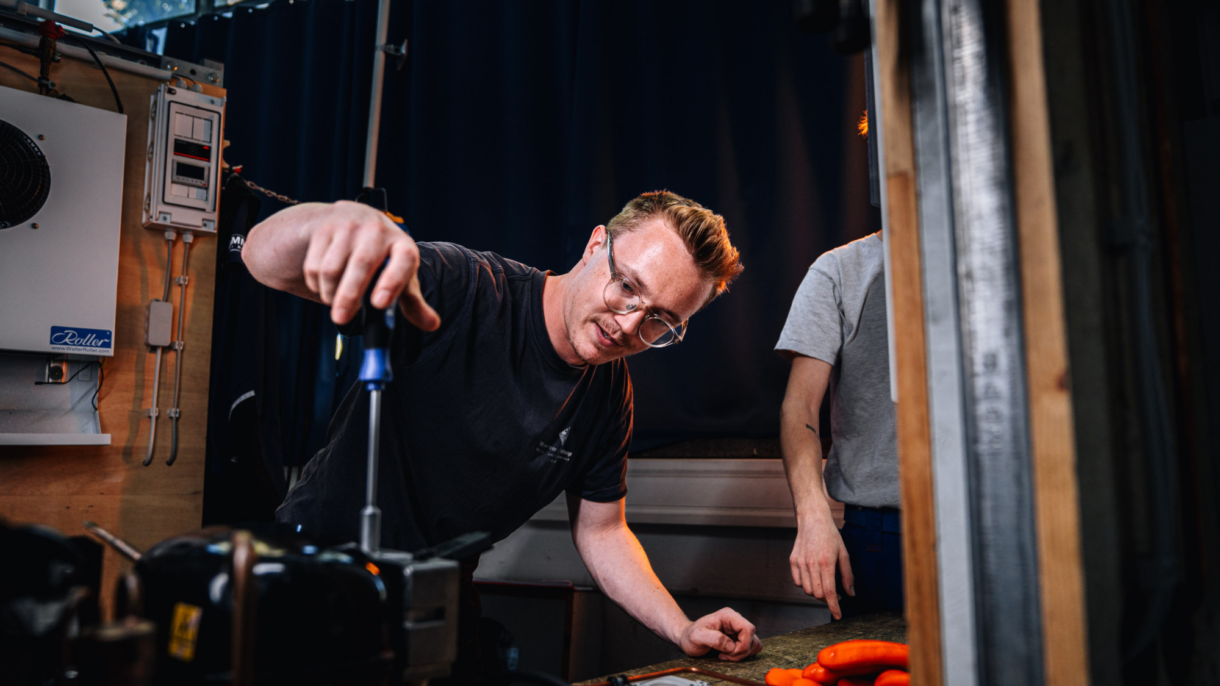
Tips for Technicians
Ever been stuck on a tough repair or spent way too long figuring out a system issue? We’ve all been there. This new blog series is packed with practical advice, smart solutions, and hands-on tips you can immediately use to solve problems faster and work smarter. No fluff—just the information that makes a difference when you're out in the field.
Step by Step Approach to HVACR Troubleshooting
Effective troubleshooting is the key to not only fixing HVACR systems but also to building strong, lasting relationships with your customers. When you approach each job with a clear, systematic process, you’re not only solving the immediate issue but also preventing future problems. This approach boosts customer confidence in your abilities, helping to ensure that they’re satisfied with the work done. Plus, by getting it right the first time, you can reduce the need for callbacks, saving both you and your customer time and frustration. In the end, great troubleshooting leads to happier customers and a stronger reputation for you as a technician.
Have you ever started a job thinking it was going to be a quick, simple fix only to discover the issue is maybe not so apparent? The key to handling any HVACR job is to follow a clear, methodical approach.




To conclude, just remember that HVACR systems are interconnected! A fault in one component, such as a solenoid valve or refrigerant charge, can create ripple effects throughout the system. By carefully testing, observing, and eliminating possibilities, you can save time and effort. And while no two jobs are ever quite the same, applying this structured approach ensures you’re prepared for whatever challenges come your way.
Stay tuned for the next part of the Tips for Technicians blog!

